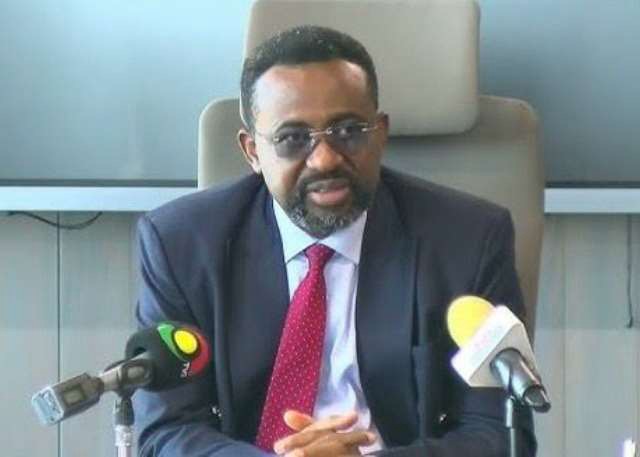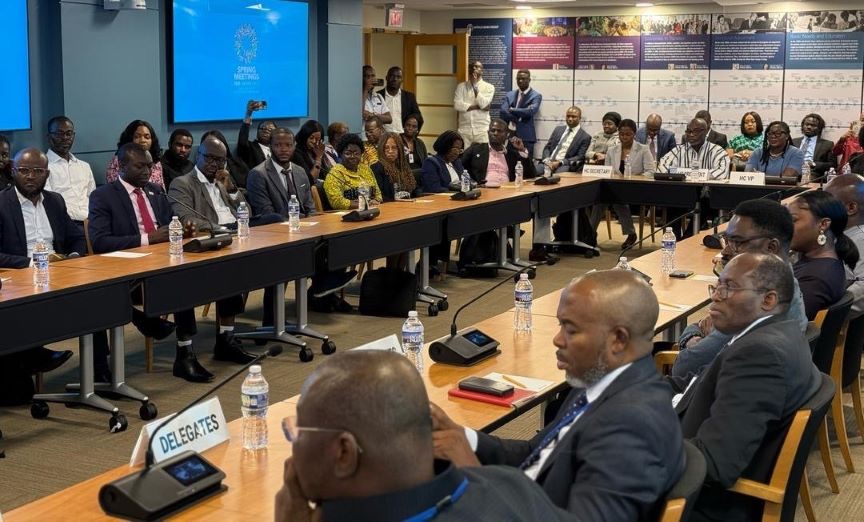Global Monetary Policy Shift and Dynamism: A Hike in Ghana’s Monetary Policy Rate and How Businesses Can Navigate the Rough Path to Sustainability

The global economic landscape in early 2025 is characterized by a delicate balancing act. As highlighted in the International Monetary Fund‘s (IMF) January 2025 World Economic Outlook (WEO), while global growth is projected to remain steady at 3.3 percent in 2025 and 2026, the near-term outlook presents divergent paths. The anticipated easing of monetary policy in advanced economies, driven by declining inflation, offers a glimmer of hope for emerging markets and developing economies. However, persistent inflationary pressures, particularly within the services sector, and geopolitical uncertainties necessitate a cautious approach to monetary policy across the globe.
The new Governor of the Bank of Ghana (BoG), Dr. Johnson P. Asiama, spearheaded his first Monetary Policy Committee (MPC) meeting with a focus on achieving macroeconomic stability. In his press release, Governor Asiama indicated a hike of the monetary policy rate (MPR) by majority decision to re-anchor the disinflation process. According to the Governor, the committee will reassess the scope for a gradual easing in the policy stance.

BoG’s Policy Shift and Its Rationale
The BoG raised its MPR by 100 basis points from 27 percent to 28 percent — the first hike since September 2024 — sparking wide debates. While market expectations were tilted toward easing, the hike is a prudent and justifiable measure aimed at reinforcing macroeconomic stability.
While inflation witnessed a marginal decline to 22.4 percent in March 2025 from 23.8 percent in December 2024, it remains significantly above the central bank’s medium-term target band of 6–10 percent. Alongside concerns over fiscal policy and global risks, this provides a strong rationale for the BoG’s decision.
The hike signals the Bank’s firm commitment to re-anchor inflation expectations and build resilience against future price pressures.
The Global Disinflation Process and Ghana’s Approach
The global disinflation process faces risks from renewed service-sector inflation. Ghana’s proactive tightening of monetary policy acts as a vital buffer against potential external shocks, enhancing investor confidence amid global financial volatility.

The Amplifying Impact of the Trade War
Recent trade wars, primarily involving the United States, China, and the European Union, have fractured the global trade landscape, impacting economies worldwide, including Ghana.
Key Impacts on Ghana:
- Higher import costs: Supply chain disruptions have increased input costs for Ghanaian businesses.
- Weakened demand: Global trade slowdowns threaten Ghana’s commodity exports (cocoa, gold, and oil).
- Exchange rate volatility: Capital flight impacts the Cedi; the MPR hike aims to stabilize the exchange rate.
- AGOA implications: New tariffs on Ghana’s exports to the US threaten market access, underlining the need for economic resilience.
Safeguarding Economic Stability
In an era of heightened uncertainty, Ghana’s macroeconomic policies must focus on resilience.
1. Building resilience against external shocks:
A higher MPR anchors inflation expectations and cushions the economy against external shocks.
2. Maintaining investor confidence:
A decisive policy stance demonstrates the BoG’s commitment to macroeconomic prudence, attracting and retaining investors.
3. Preventing a vicious cycle:
Proactive monetary tightening aims to break cycles of high inflation and currency depreciation.
4. Preserving long-term growth prospects:
Stable inflation lays a stronger foundation for sustainable, long-term economic growth.
Implications for Businesses
The MPR hike directly affects businesses:
- Increased operational costs: Businesses with loans will see higher repayment burdens.
- Delayed or scaled-down investment: Rising borrowing costs could slow new investment.
- Challenges for SMEs: Access to affordable credit may become even harder.
- Potential pass-through to consumers: Higher operational costs might be transferred to consumers through price increases.
However, this short-term pain is expected to pave the way for longer-term stability.

Implications for the Broader Economy
The BoG’s decision also has wider economic effects:
- Slower inflation: Tightened policy helps curb inflationary pressures.
- Exchange rate stability: Higher MPRs attract foreign capital, supporting the Cedi.
- Impact on household consumption: Higher borrowing costs could reduce spending.
- Increased savings: Higher rates could incentivize households to save more.
- Potential short-term slowdown: While growth might slow temporarily, the foundation for sustainable expansion will be strengthened.
Considering the impact of global trade wars and the need to safeguard economic stability, the BoG’s decision to raise the monetary policy rate to 28 percent is both timely and strategic. While businesses and households may face short-term challenges, the long-term benefits of disinflation, currency stability, and sustainable growth will outweigh the temporary hardships.
Success in navigating this monetary shift will depend heavily on complementary fiscal reforms and continued economic discipline.

The writer is a Financial Economist and Data Analyst. His areas of interest include financial markets, Ethics, Sustainability, Financial Literacy, AI, and data analytics. He can be reached via edankwah05@gmail.com.




